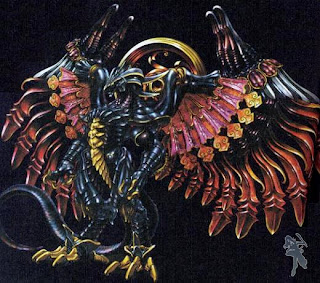
Traditional Japanese clothing distinguishes Japan from all other countries around the world. The Japanese word kimono means "something one wears" and they are the traditional garments of Japan. Originally, the word kimono was used for all types of clothing, but eventually, it came to refer specifically to the full-length garment also known as the naga-gi, meaning "long-wear", that is still worn today on special occasions by women, men, and children. Kimono in this meaning plus all other items of traditional Japanese clothing is known collectively as wafuku which means "Japanese clothes" as opposed to yofuku (Western-style clothing). Kimonos come in a variety of colors, styles, and sizes. Men mainly wear darker or more muted colours, while women tend to wear brighter colors and pastels, and, especially for younger women, often with complicated abstract or floral patterns.
The kimono of a woman who is married (Tomesode) differs from the kimono of a woman who is not married (Furisode). The Tomesode sets itself apart because the patterns do not go above the waistline. The Furisode can be recognized by its extremely long sleeves spanning anywhere from 39 to 42 inches, it is also the most formal kimono an unwed woman wears. The Furisode advertises that a woman is not only of age but also single.
The style of kimono also changes with the season, in spring kimonos are vibrantly colored with springtime flowers embroidered on them. In the fall, kimono colors are not as bright, with fall patterns. Flannel kimonos are ideal for winter, they are a heavier material to help keep you warm.
One of the more elegant kimonos is the uchikake, a long silk overgarment worn by the bride in a wedding ceremony. The uchikake is commonly embellished with birds or flowers using silver and gold thread.
Kimonos do not come in specific sizes as most western dresses do. The sizes are only approximate, and a special technique is used to fit the dress appropriately.
The obi is a very important part of the kimono. Obi is a decorative sash that is worn by Japanese men and women, although it can be worn with many different traditional outfits, it is most commonly worn with the kimono. Most women wear a very large elaborate obi, while men typically don a more thin and conservative obi.
Most Japanese men only wear the kimono at home or in a very laid back environment, however it is acceptable for a man to wear the kimono when he is entertaining guests in his home. For a more formal event a Japanese man might wear the haori and hakama, a half coat and divided skirt. The hakama is tied at the waist, over the kimono and ends near the ankle. Hakama were initially intended for men only, but today it is acceptable for women to wear them as well. Hakama can be worn with types of kimono, excluding the summer version, yukata. The lighter and simpler casual-wear version of kimono often worn in summer or at home is called yukata.
Formal kimonos are typically worn in several layers, with number of layers, visibility of layers, sleeve length, and choice of pattern dictated by social status, season, and the occasion for which the kimono is worn. Because of the mass availability, most Japanese people wear western style clothing in their everyday life, and kimonos are mostly worn for festivals, and special events. As a result, most young women in Japan are not able to put the kimono on themselves. Many older women offer classes to teach these young women how to don the traditional clothing.
Happi is another type of traditional clothing, but it is not famous worldwide like the kimono. A happi (or happy coat) is a straight sleeved coat that is typically imprinted with the family crest, and was a common coat for firefighters to wear.
Japan also has very distinct footwear. Tabi, an ankle high sock, is often worn with the kimono. Tabi are designed to be worn with geta a type of thonged footwear. Geta are sandals mounted on wooden blocks held to the foot by a piece of fabric that slides between the toes. Geta are worn both by men and women with the kimono or yukata.




